The crew of the Trident figured that the only way they could get the reindeer onto the sub was via the torpedo tubes.
Reindeer are a common enough sight in the Arctic Circle – above water, that is. However, during the Second World War, one reindeer would end up going where no reindeer had gone before: a few hundred feet below the waves, where she remained alive and well.
How did the reindeer, named Pollyanna, achieve this astonishing feat? By traveling in a British Royal Navy submarine, HMS Trident.
During the early part of the Second World War, a number of sea battles took place in the North Sea. The theater of conflict reached as far as the Arctic Circle, where German warships were targeting Russian supply vessels transporting essential cargo to the far northern ports of Arkhangelsk and Murmansk.
The British were the Soviets’ only allies in this area. Without the assistance of the British, the Germans could have completely blockaded the Soviet ports.
One of the British submarines patrolling the Atlantic, the North Sea, and the Arctic Circle to assist the Soviets against the Germans was HMS Trident. The submarine was a British T-class submarine, capable of traveling 4,500 nautical miles and submerging to a maximum depth of 300 feet.
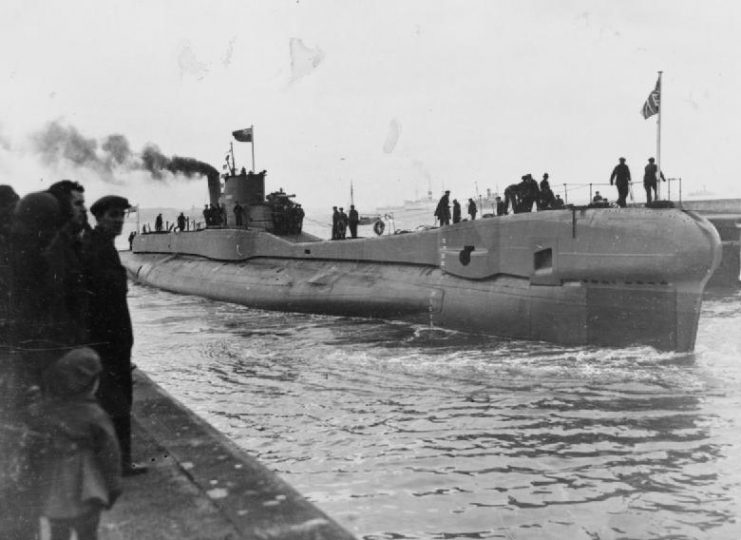
The Trident had first been commissioned on October 1, 1939, and usually carried a crew of 56 seamen. However, in 1941, it would end up taking on board an entirely different type of passenger, one that no submarine before or since has ever carried.
As gratitude for the sterling work done by their British allies in the North Sea, the Russians decided to host the crew of the Trident for a meal.
During the get-together, at which Russian naval officers dined with British officers, Commander Geoffrey Sladen, captain of the Trident, mentioned to one of the Russian admirals in a casual conversation that his wife back in England was having difficulty pushing their baby’s pram through heavy snow.
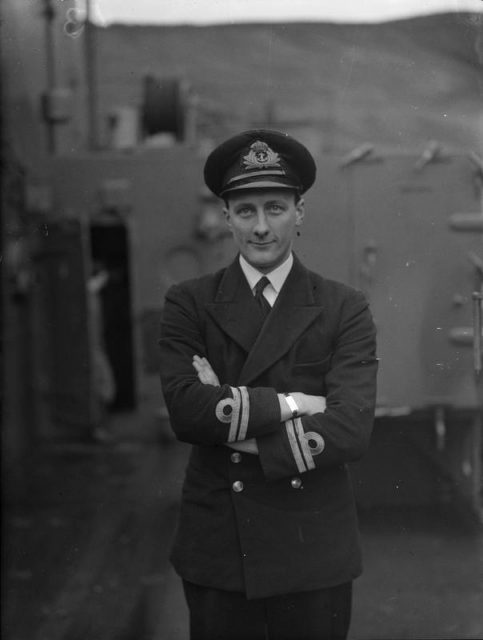
One can only imagine that a fair amount of vodka was consumed at this dinner because the Russian admiral came up with what he thought was an ideal solution to the difficulties of pram-pushing: he decided to give Sladen a reindeer.
Why? We can only assume that the admiral imagined his English counterpart would hitch up the animal to the pram and use the beast to pull the pram through the snow. If it was good enough for the Arctic Circle, then why not an English town?
Sladen realized that as unusual and impractical as the gift of a reindeer was, he could not afford to offend the Russians by refusing it, so the reindeer was accepted.
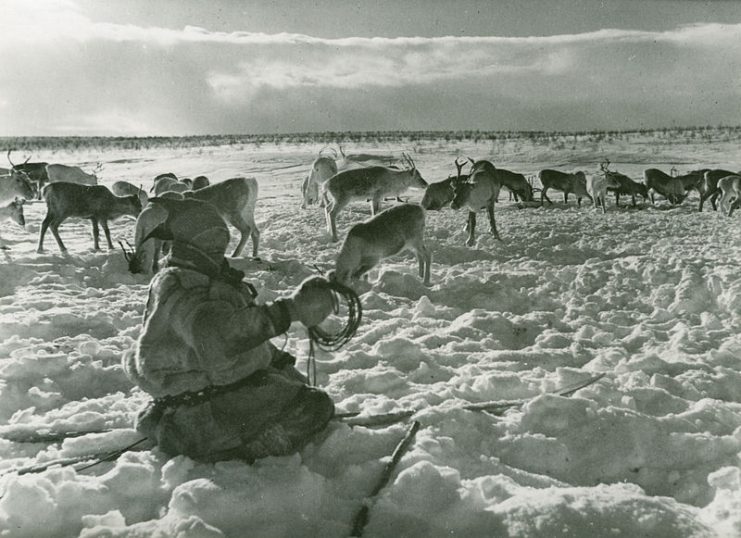
The first problem was getting the animal onto HMS Trident. Reindeer are not small animals, and even though the reindeer the Russian admiral gave Sladen was a young doe, she was still large and bulky.
The crew of the Trident figured that the only way they could get the reindeer onto the sub was via the torpedo tubes. So, that was how the doe (whom the crew named Pollyanna) got onto the submarine.
Anyone who has ever been on a submarine knows just how cramped the quarters are and how limited space is for the storage of rations. Consequently, the presence of Pollyanna on the Trident created two problems: the first was that a large animal was now taking up extra space, and the second was that this new creature would have to be fed somehow, without diminishing the crew’s store of rations.
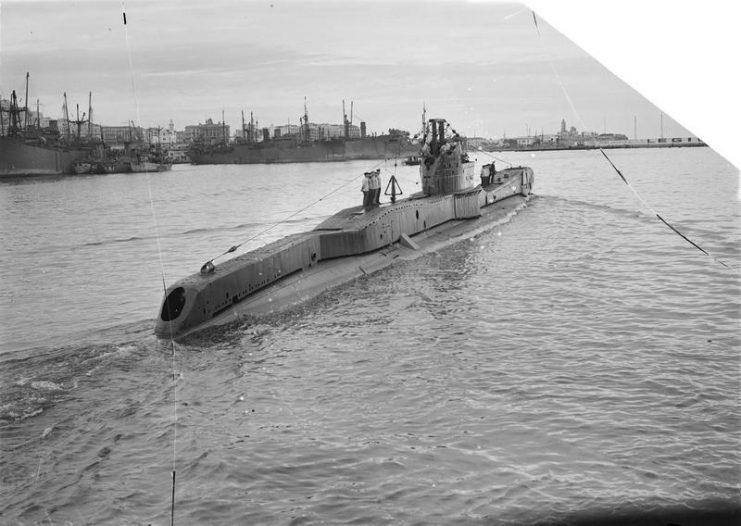
The second problem was partly solved by the Russians, who gave the Trident crew a barrel of moss to use as fodder for Pollyanna.
The crew attempted to solve the first problem of space by having Pollyanna sleep in the torpedo tube – but she wasn’t having any of that. Pollyanna decided that she would rather choose her own spot to sleep in on the sub, and this spot happened to be next to the captain’s bed.
For the next six weeks, Pollyanna lived quite happily on the British submarine. She spent her time sleeping near the captain’s bed, eating, and going up to get a few breaths of fresh air whenever the sub surfaced.
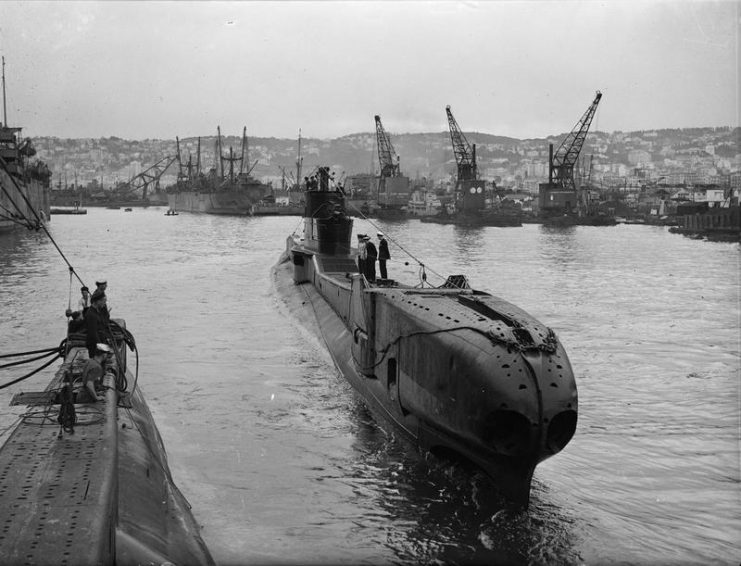
When the moss ran out, the crew took to feeding her scraps from the kitchen. She developed quite an addiction to condensed milk and even ate a few navigation charts to supplement her diet.
When the Trident returned to Britain for a time, the crew decided that Pollyanna would be better off on land. Getting her off the submarine, however, would prove to be a more difficult task than getting her onto it.
The problem was she had put on a significant amount of weight over the six weeks she had been at sea (probably due in no small part to the quantity of condensed milk she had consumed). A local slaughterhouse worker was consulted – not on how to kill her, but on how to truss her up so that she could be safely removed from the submarine, which was done successfully.
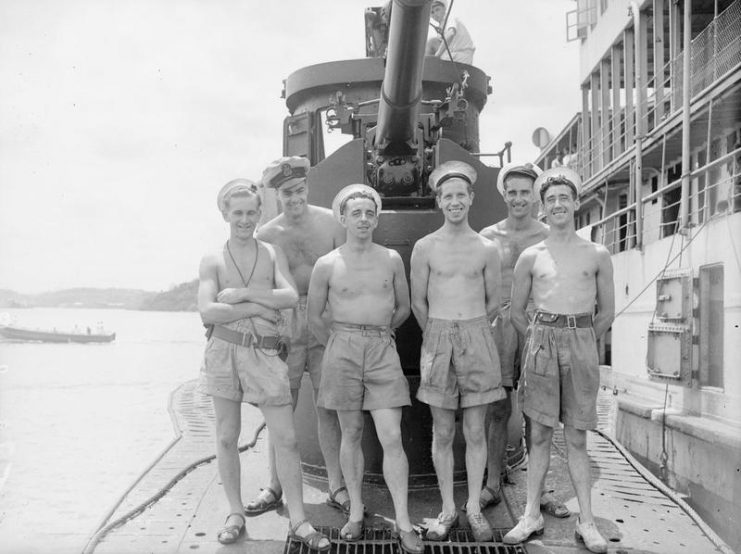
Read another story from us: Unsinkable Sam – Legendary Cat Survived 3 Sinking Ships
Once she was on English soil, Commander Sladen decided not to use her to pull a pram. She was given to Regent’s Park Zoo, where she lived for the next few years and was a star attraction.
She remembered her time on the submarine because she would duck her head whenever she heard a bell or a whistle. She died in 1947 – strangely enough, within weeks of the Trident being decommissioned and sold for scrap.
